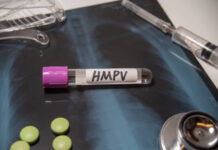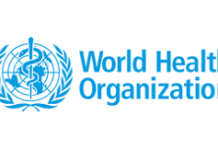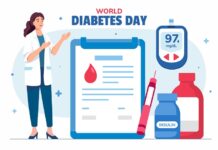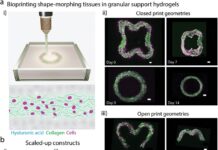Researchers at UC San Francisco are advancing toward the ability to predict sudden infant death syndrome (SIDS). A study published in JAMA Pediatrics has identified specific signals in the metabolic systems of infants who succumbed to SIDS.
Although further research is needed, these findings could eventually contribute to preventing SIDS.
Scott Oltman, MS, an epidemiologist at UCSF and the study’s lead author, noted, “This research suggests that metabolic factors might be significant in SIDS. Identifying these patterns could help pinpoint higher-risk infants, potentially saving lives in the future.” Annually, around 1,300 infants under one year old die from SIDS. The exact causes of these unexpected deaths remain unclear, but contributing factors are believed to include inadequate prenatal care, maternal smoking and alcohol use, structural racism, and air pollution. SIDS occurs more frequently in male infants compared to females.
As reported by medicalxpress.com, researchers are exploring biological markers that could be screened for at birth or targeted with medication to identify the causes of SIDS.
Building on prior research suggesting that metabolic systems—how the body processes and stores energy—may be involved in SIDS, the team compared metabolic data from routine newborn screenings in California. They analyzed data from infants who eventually died from SIDS and compared it with data from similar infants who survived.
In the 354 infants who died from SIDS, the researchers identified metabolic biomarkers potentially linked to an increased risk. For example, lower levels of C-3 and higher levels of C-14OH were associated with a higher risk of SIDS. These results align with previous studies linking fatty acid oxidation enzymes to SIDS.
The study also uncovered several biomarkers that, when elevated, appeared to reduce the risk of SIDS. However, the researchers emphasize that these findings are preliminary and need validation in other studies. They suggest that future research should focus on living infants and track them over time.
Although a screening test for SIDS remains a distant goal, this research highlights the potential for future advancements in preventing this tragic syndrome.
“This study represents a significant step towards integrating metabolic markers with genetic indicators and other risk factors to better assess SIDS risk in infants,” Oltman said.
The team plans to further investigate additional metabolic markers and their genetic interactions to uncover more factors contributing to SIDS.
























